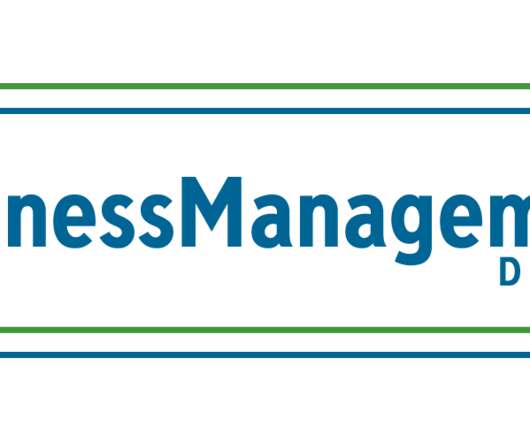Leap year! How to handle 27 biweekly payrolls in 2020
Business Management Daily
DECEMBER 1, 2019
Hourly-paid nonexempts are impacted only to the extent of withholding and deductions. Although most companies choose this option, it may be a costly decision, since employees will receive an extra paycheck, along with extra taxes withheld and extra benefits provided. Employees’ benefits deductions and allowances (e.g.,











Let's personalize your content